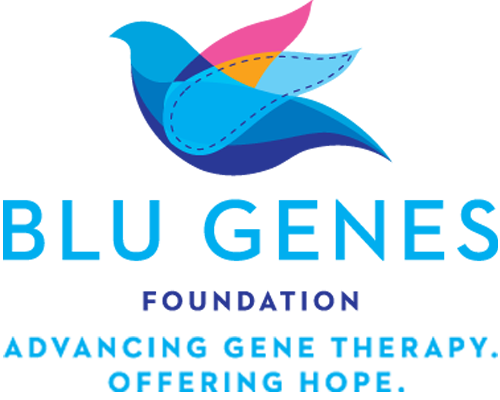What Is a Gene?
The cell’s main operating system is the DNA (deoxyribonucleic acid). A gene is a distinct section of the DNA that contains the specific information for making a particular protein. While the inventory of genes is the same from person to person, the specific version of each gene an individual has is inherited from their parents.
What Is a Genetic Disorder?
Genetic disorders occur when there is a functional error (also known as a mutation) in the DNA that results in disease. While many diseases, including cancer, have a genetic component and can result from complex combinations of genetic and environmental factors or errors in several genes, diseases usually discussed as genetic disorders are caused by a direct, single-gene error (monogenic).
Most cells have two copies of a gene—one from the mother and one from the father. In some cases an error in one copy is enough to cause disease (dominant)—in others, a person with an error in one copy would be a carrier, and a person with two defective copies would have the disease (recessive). The error may result in a missing, defective, or unstable protein, or disruption or deregulation of some cellular function. All can have serious outcomes.
How Common Are Genetic Disorders1?
Genetic disorders are individually quite rare, but collectively they affect millions of people worldwide, many of whom are children. According to the World Health Organization, the prevalence of all single-gene disorders at birth is 10 in 1,000. And certain populations may show a higher incidence of particular disorders than the general population. As an example, in the general population, approximately 1 person in 250 is a carrier for Tay-Sachs disease. However, in people of Ashkenazi Jewish descent, the number rises to 1 in 27. You may not have heard of Tay-Sachs disease, but other monogenic disorders have more familiar names, such as cystic fibrosis, hemophilia and sickle-cell disease.
How Are Genetic Disorders Inherited?
In some cases, only one defective copy of a gene is enough to cause the disease. These can arise by a spontaneous mutation (a new error that occurs in the DNA), but generally they are diseases that don’t show their effects right away, so an affected individual has already had a child by the time the disease is apparent; there is at least a 1 in 2 chance that this child would also have the disease.In most cases though, two defective copies of the gene—one from each parent—are necessary to cause the disease. In this case, each parent is a carrier who is generally unaffected by the condition. Since each of these parents provides one copy of the gene to a child, there is a 1 in 4 chance that their child would have the disease (two defective copies). Other possibilities for their child would be two normal copies (1 in 4 chance) or one normal copy and one defective copy; this child would be a carrier (2 in 4 chance).
What Can Be Done?
Most genetic disorders have no cure. Treatment options are currently limited to management of symptoms and support. Prenatal screening in at-risk populations has helped to reduce the incidence, but babies continue to be born with these disorders. One of the most promising avenues of research is in the area of gene therapy.
Where Does the BLU GENES Foundation Fit In?
Most of the genetic disorders that are potentially treatable with gene therapy are rare. They lack visibility and the funding support available for more common diseases. But we know that the families of those affected by a genetic disorder don’t care how rare it is, and we know they need hope.
The BLU GENES Foundation is raising funds to advance gene therapy and find a cure for genetic disorders, beginning with Tay-Sachs disease. We believe in offering hope where currently there is none.
Reference
- The website for the World Health Organization; search “Tay-Sachs disease” and select “Genes and human disease” http://www.who.int/genomics/public/geneticdiseases/en/index2.html#ts


